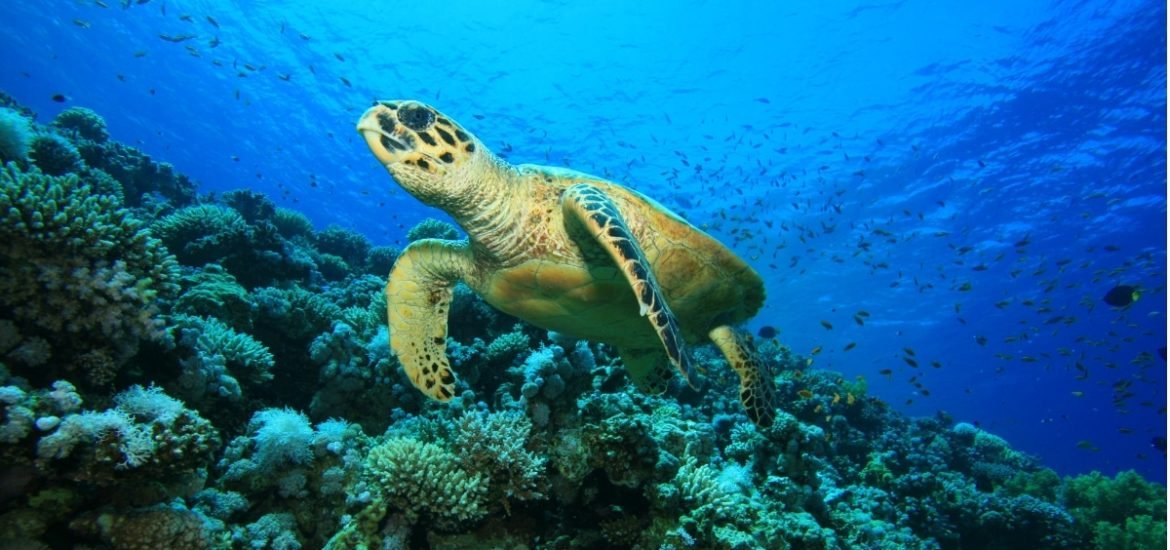
A new report from the Intergovernmental Science-Policy Platform on Biodiversity and Ecosystem Services (IPBES) finds that the rate of species extinctions is accelerating and up to one million plant and animal species face extinction. A summary of the report, released on 6 May, finds agriculture to be one of the biggest threats to Earth’s ecosystems.
The report was compiled over three years by more than 450 scientists and diplomats and analysed of more than 15,000 studies and government reports – and is the most comprehensive yet. Fr the first time, the report also considers indigenous and local knowledge.
This latest effort used new and innovative ways to analyse data in order to build upon the Millennium Ecosystem Assessment released in 2005. The 1800-page assessment of biodiversity shows the impact of economic development pathways on nature. Moreover, the report provides a variety of possible scenarios for the coming decades.
The extent of human damage
According to the landmark report, the abundance of native species has declined by more than 20 per cent since 1900. In addition, more than 40 per cent of amphibian species, almost 33 per cent of reef-forming corals, and more than a third of all marine mammals are threatened.
Evidence also suggests 10 per cent of insect species are at risk, Moreover, since the 1600s, more than 680 vertebrate species have been driven to extinction, and at least nine per cent of all domesticated mammals used for food and agriculture were driven to extinction by 2016. And thousands more are still threatened.
The authors ranked five direct drivers with the largest global impacts:
- Changes in land and sea use
- Direct exploitation of organisms
- Climate change
- Pollution
- Invasive alien species.
However, the authors also note that greenhouse gas emissions have doubled since the 1980s, therefore, the impacts of climate change are expected to increase over the coming decades, potentially surpassing other drivers.
As the report highlights, loss of biodiversity will hinder the progress of the Sustainable Development Goals – in particular, those related to poverty, hunger, health, water, cities, climate, oceans, and land. The findings highlight staggering economic losses as a result of biodiversity loss. The dramatic decline in pollinators has put $577 billion (€551 billion) of crop output at risk and crop productivity has decreased by 23 per cent due to deterioration of land.
Biodiversity and ecosystems are critical to the survival of humanity and this “safety net” is at breaking point. Many have even commented on the unusual severity of the UN report, which received consensus across all nations.
The message is loud and clear. “We are eroding the very foundations of economies, livelihoods, food security, health and quality of life worldwide”, said IPBES chairman, Sir Robert Watson. Although changes are being made and policies have been put into place to conserve nature and to use natural resources more sustainably, the pace is far too slow.
But it’s not too late. “Through ‘transformative change’, nature can still be conserved, restored and used sustainably… By transformative change, we mean a fundamental, system-wide reorganization across technological, economic and social factors, including paradigms, goals and values”.